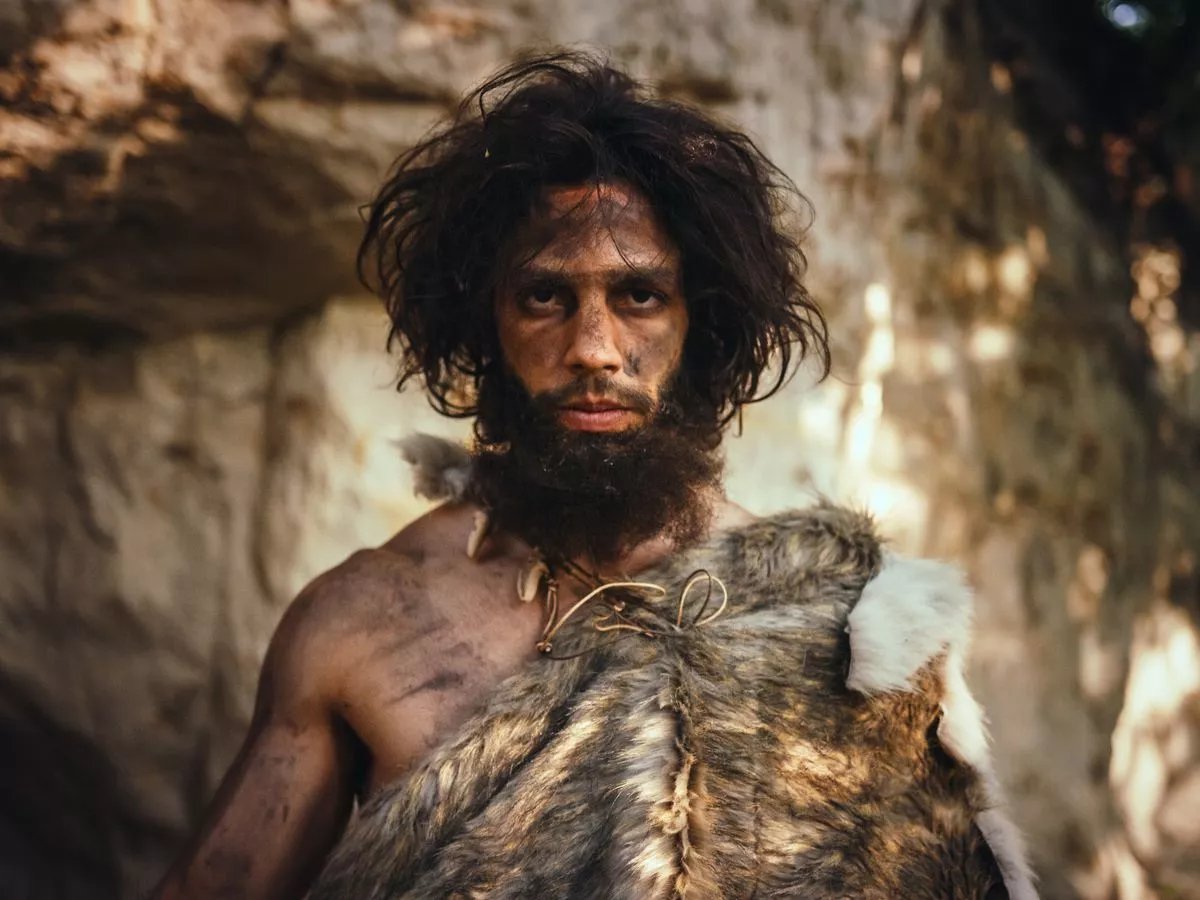By Jerry Lawton
Copyright dailystar

Cavemen were not the heroic hunters legend suggests – after Stone Age tools were found buried with women. The discovery has led boffins to believe it was not only Fred Flintstone who went out to track down dinner but Wilma too. Women also hunted and caught animals – suggesting equality dates back more than 5,000 years. Children were also sometimes buried with tools, indicating they also turned their hands to hunter-gatherer. The evidence comes from Zvejnieki cemetery in northern Latvia, one of Europe’s largest Stone Age burial grounds with more than 330 graves used over a period of 5,000 years. Until recently, stone artefacts found there had been largely overlooked as everyday items. But research published in the journal PLOS One has shown that stone tools played a far deeper role in burial rituals. Some had been used to work animal hides, while others appeared to have been specifically made and then broken in funeral ceremonies. Researchers found women were even more likely than men to be buried with stone tools. Some children received similar artefacts. Experts said the findings went against the long-held belief men went out hunting while women spent their time cooking, doing crafts, and caring for the family. Dr Aimée Little, from the Centre for Artefacts and Materials Analysis in the University of York’s Department of Archaeology, said: “The site in Latvia has seen numerous investigations of the skeletal remains and other types of grave goods such as thousands of animal teeth pendants. “A missing part of the story was understanding, with greater depth, why people gave seemingly utilitarian items to the dead. “Our findings overturn the old stereotype of ‘Man the Hunter’ which has been a dominant theme in Stone Age studies and has even influenced, on occasion, how some infants have even been sexed on the basis that they were given lithic tools. “The study highlights how much more there is to learn about the lives – and deaths – of Europe’s earliest communities, and why even the seemingly simplest objects can unlock insights about our shared human past and how people responded to death.” Dr Anđa Petrović, from the University of Belgrade, said: “This research demonstrates that we cannot make these gendered assumptions. “Lithic grave goods played an important role in the mourning rituals of children and women, as well as men.”



